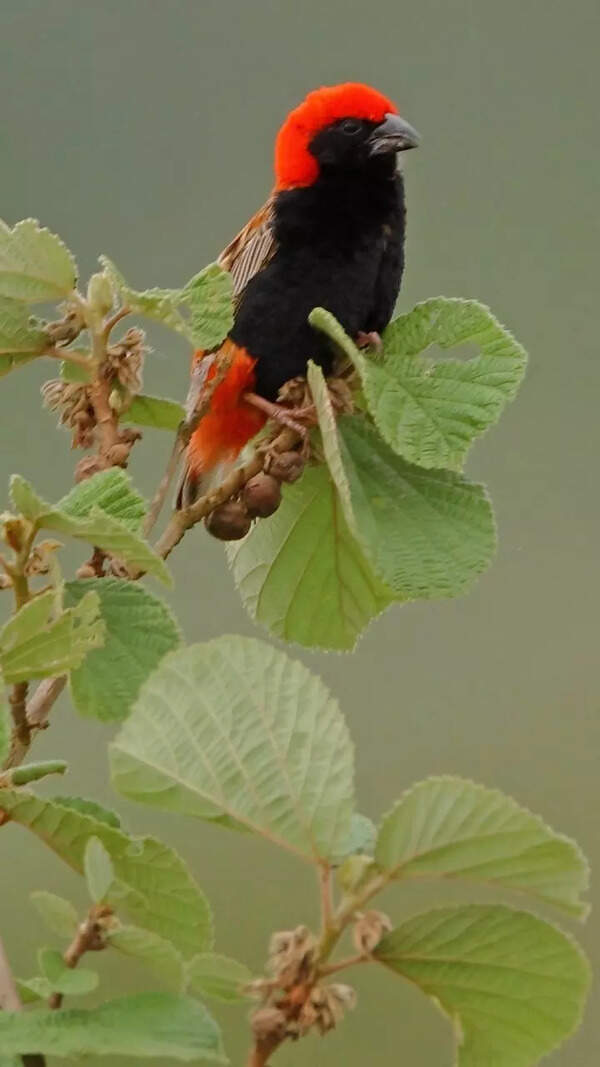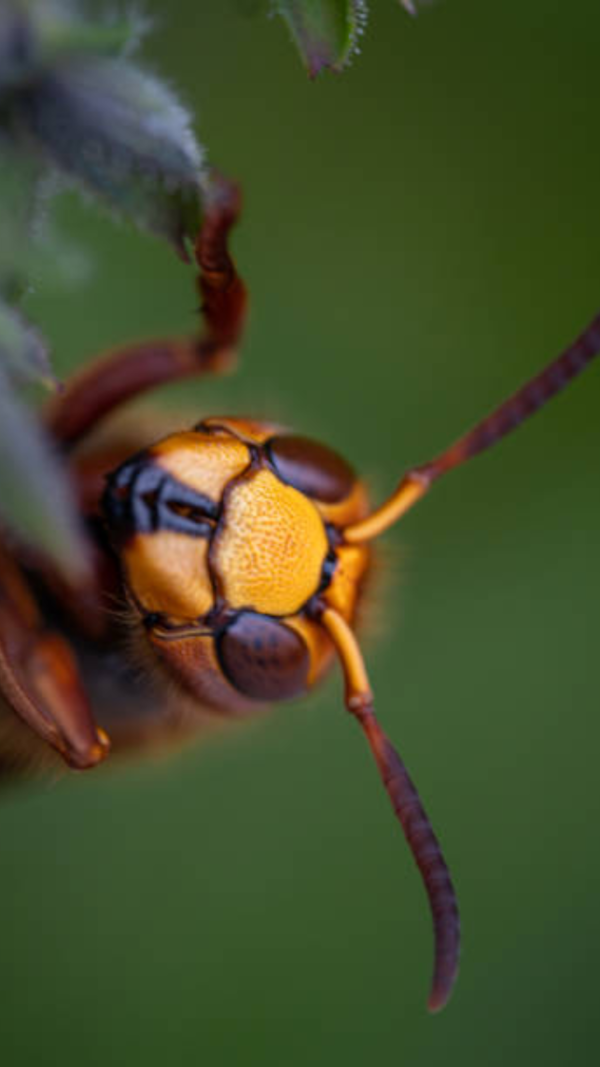- News
- City News
- kolkata News
- ZSI researchers discover 2 new spider species and 2 new national records in Northeast India
Trending
ZSI researchers discover 2 new spider species and 2 new national records in Northeast India
Scientists from the Zoological Survey of India have identified four significant spider species in Northeast India, including two new species, Psechrus chizami and Psechrus nathanael, and two species recorded for the first time in India, Pardosa tuberosa and Thiania abdominalis. These findings highlight the region's rich arachnid biodiversity and the need for continued research and conservation efforts.
In a significant discovery, scientists from the Zoological Survey of India (ZSI), headquartered in Kolkata, have documented four significant spider species from the biodiversity-rich northeastern region of India. The findings include the identification of two previously unknown species and two others recorded for the first time in the country — an important step in unravelling the region’s largely untapped arachnid diversity.
The newly discovered species, Psechrus chizami and Psechrus nathanael, were found in the forested landscapes of Nagaland and Meghalaya. The former is named after the village of Chizami in Nagaland, where it was first collected, while the latter honours Nathanael P. A. Newmai for his support during fieldwork.
You Can Also Check: Kolkata AQI | Weather in Kolkata | Bank Holidays in Kolkata | Public Holidays in Kolkata

Lead researcher Souvik Sen, along with Sudhin P. P. and Shouvik Mali, also documented two additional spider species — Pardosa tuberosa and Thiania abdominalis — in relatively undisturbed habitats in Meghalaya. These are the first official records of both species in India, with their findings featured in the Records of the Zoological Survey of India.
Pardosa tuberosa, a wolf spider, is recognized for its sensitivity to environmental changes, making it a potential bio-indicator of ecosystem health. Its presence in pristine habitats serves as a benchmark for ecological integrity. On the other hand, Thiania abdominalis, a jumping spider species with a light reddish-brown cephalothorax and creamy yellow abdomen marked by black bands, uses agility and keen vision for prey capture rather than web-building, playing a crucial role in natural pest control.
“This discovery holds considerable significance, not only due to the identification of new species and national records, but also because it highlights the immense, yet understudied, arachnid biodiversity of Northeast India,” said Souvik Sen, the principal investigator of the study. “We believe that continued research in these rich ecosystems will unveil many more species that have yet to be described.”
Dhriti Banerjee, ZSI director, emphasized the importance of the discovery, stating, “This marks just the beginning. The Northeast is a global biodiversity hotspot, and vast areas remain unexplored. With sustained research efforts, we are confident of revealing the region’s hidden faunal wealth.”
These discoveries reinforce the significance of systematic biodiversity documentation in the region and stress the urgency of preserving these fragile ecosystems before more species disappear unrecorded.
End of Article
Follow Us On Social Media









